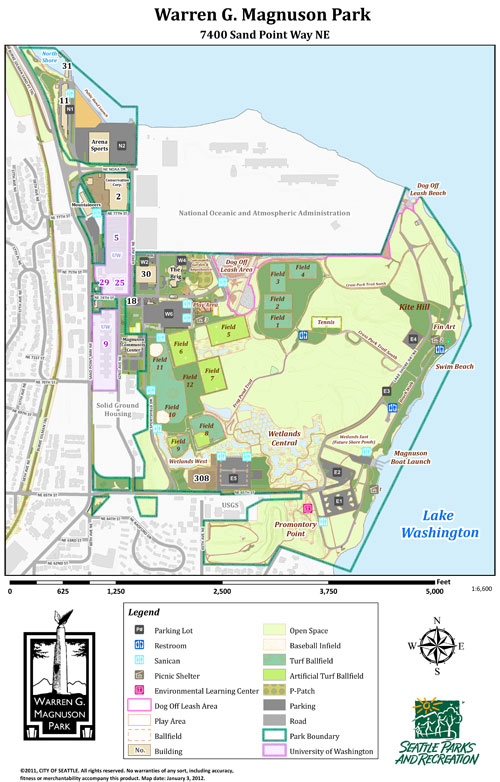Radioactive Waste 44 - Radiation Danger in Seattles Magnuson - 2nd Meeting - Part 2 of 3
Second Meeting at Magnuson Park about Radioactive Contamination on July 18, 2013 – Part 2 of 3
The representatives from the Navy and the State Agencies expressed great desire to hear public feedback and reassure public concerns. Although they admitted that there were still some unanswered questions, such as where the cesium and strontium isotopes came from that were found at Magnuson Park, they insisted that all precautions had been taken and would be taken to protect the public and the Navy cleanup plan would result in a safe environment for future users of Magnuson Park.
The answers they gave to public questions were soothing but often unconvincing. Of special concern was why the project needed to be rushed through so quickly. The problem was discovered by the Navy and the Seattle Parks Department three years ago but no public announcement was made until a few months ago. After the discovery, buildings were boarded up and signs posted that simply said “Controlled Area” not even “danger” or “keep out.”
One reason given for the need for haste was that a contaminated shed was deteriorating and would be dangerous to work in if left much longer. Did no one notice that the shed was deteriorating in the past three years? I noticed that their work plan outline had work in the shed way down the list after several other things had been attended to. It did not look like they actually gave it much priority. They also said that people were breaking into a boarded up building and stealing copper so they had to move fast to prevent more break-ins. With inexpensive web cameras and motion detectors as well as cheap security guards, I find it implausible that they could not guard two small boarded up areas twenty four/seven if there actually was a serious need.
The questions and answers directed to the representatives were cut short to give people time to make public comments. For some unknown reason, we were told that only the public comment period would be “on the official record” of the meeting and not the question and answer period. I find it interesting that the officials in attendance would not have their answers to public questions on the record.
I started off the public comment period by saying that I did not trust Federal or State honesty or competence with respect to the cleanup and removal of radioactive contamination based on the things that I have found in my study of nuclear issues for the past year. The other people making public comments raised some very interesting and germane issues.
- One man who was a retired doctor said that there were a lot of pollutants in Lake Washington and he was concerned that we were only discussing the danger of cancers being caused by the radioactive contamination at the Park. He was worried about the health dangers of synergistic combinations of radioactivity and other pollutants.
- Another man offered the theory that the cesium and strontium pollution found at the Park may have come from planes that flew through clouds of radioactive dust and smoke in Pacific nuclear tests in the early 1950s.
- A woman had reviewed the documentation made public by the Navy and said that she found a lot of important information including raw data missing from the documentation.
In general, the public comments were relevant, insightful, and skeptical. As I pointed out in my closing remarks, if the Navy proceeded with planned work in the near future, that would prove that the Navy and State agencies were not really interested in public input and had only held the meeting to try to reassure residents and sooth public concern.
Links:
King 5 report on May 29 meeting at Magnuson Park
King 5 report on July 18 meeting at Magnuson Park
Washington State Department of Health web page on Magnuson Park cleanup
Department of Navy web page on Magnuson Park cleanup
